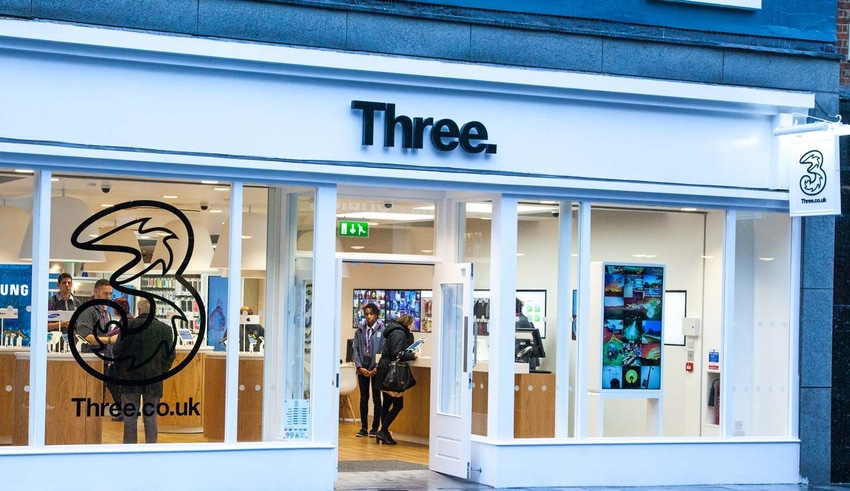Three enters the 5G marathon with ‘free’ 5G
There might not be enough base stations or devices yet, but Three has completed the UK’s 5G portfolio with the connectivity upgrade at no extra cost for existing customers.
February 14, 2020

There might not be enough base stations or devices yet, but Three has completed the UK’s 5G portfolio with the connectivity upgrade at no extra cost for existing customers.
It may have lost ground on rivals over the last six months, but that will matter little in the grand scheme of things. Coverage is poor, penetration is low, and smartphones are expensive. With Samsung announcing its 5G series, Apple poised to launch in September and a variety of more affordable devices emerging, Three could be generating 5G momentum at the right time.
“Three’s enviable position in 5G spectrum presents it with a golden opportunity to achieve the scale it craves to challenge larger rivals and spearhead a push into new markets,” said Kester Mann of CCS Insight. “It may never have such a chance to move its business on to the next level.
“A major marketing focus for Three this year will likely be around speed and it is already talking about a 5G service twice as fast as rivals. This could put it on a PR collision course with rival EE, which has drawn heavily on network leadership in its own marketing since being first to launch 4G, back in 2012.”
At the end of February, all four mobile network operators (MNO) in the UK will be up-and-running with a mobile 5G offering. The firm has said it will launch in 65 towns and cities across the nation, with the 5G service being free for any customer who has purchased a compatible device.
This is a very interesting statement to make from Three. O2 and Vodafone have already said 5G connectivity would not be premium on some 4G tariffs, leaving only EE which is charging its customers for the pleasure of the fastest ‘G’ available on the market. What is worth noting is that EE’s Essential 5G Plan does include three swappables, but it does cost an extra £10 a month, and as there is no option to have 5G connectivity alone, it is a premium irrelevant as to what the telco says.
Three has traditionally disrupted the UK connectivity market with either aggressive pricing or data consumption models, and it looks like it will do the same here. O2 and Vodafone have both priced 5G connectivity in the affordable range (£35 and £30 respectively) for unlimited data SIM-only plans, while Three is entering the fray with £22 a month for postpaid plans and £25 for prepaid.
“Today we are celebrating what is possible through 5G with a showcase of our ultra-fast 5G capabilities marking the next step in our 5G journey,” said Three CEO Dave Dyson.
“Three is set up to be the fastest 5G network in the country; Three’s customers will benefit from the vast 5G capacity and speeds that only Three can offer, enabling the best 5G experience possible.”
Dyson is referring the telcos spectrum holding as the 5G advantage here. Three holds 100 MHz of contiguous spectrum in the mid-band frequencies, and some useful licences in the higher frequency bands also. This does offer Three an opportunity to disrupt the market, though it will have to convince customers this is enough to turn around perceptions from the 4G era.
Looking at the latest statistics from Opensignal, Three has the worst availability for 4G connectivity across the UK, the worst video experience, the second-to-worst upload experience, slowest latency and the second-to-worst average download speed. On a positive note, it did have the fastest 3G download speeds.
Three has somewhat of a damaged reputation, which is tolerated by some. Its core audience are data intensive, price conscious, city-centric customers, but if it wants to make any realistic improvements on market share, it will have to look beyond this demographic. And to attract new customers, it will have to improve on its performance in the 4G era.
About the Author(s)
You May Also Like








.png?width=300&auto=webp&quality=80&disable=upscale)


_1.jpg?width=300&auto=webp&quality=80&disable=upscale)


.png?width=800&auto=webp&quality=80&disable=upscale)